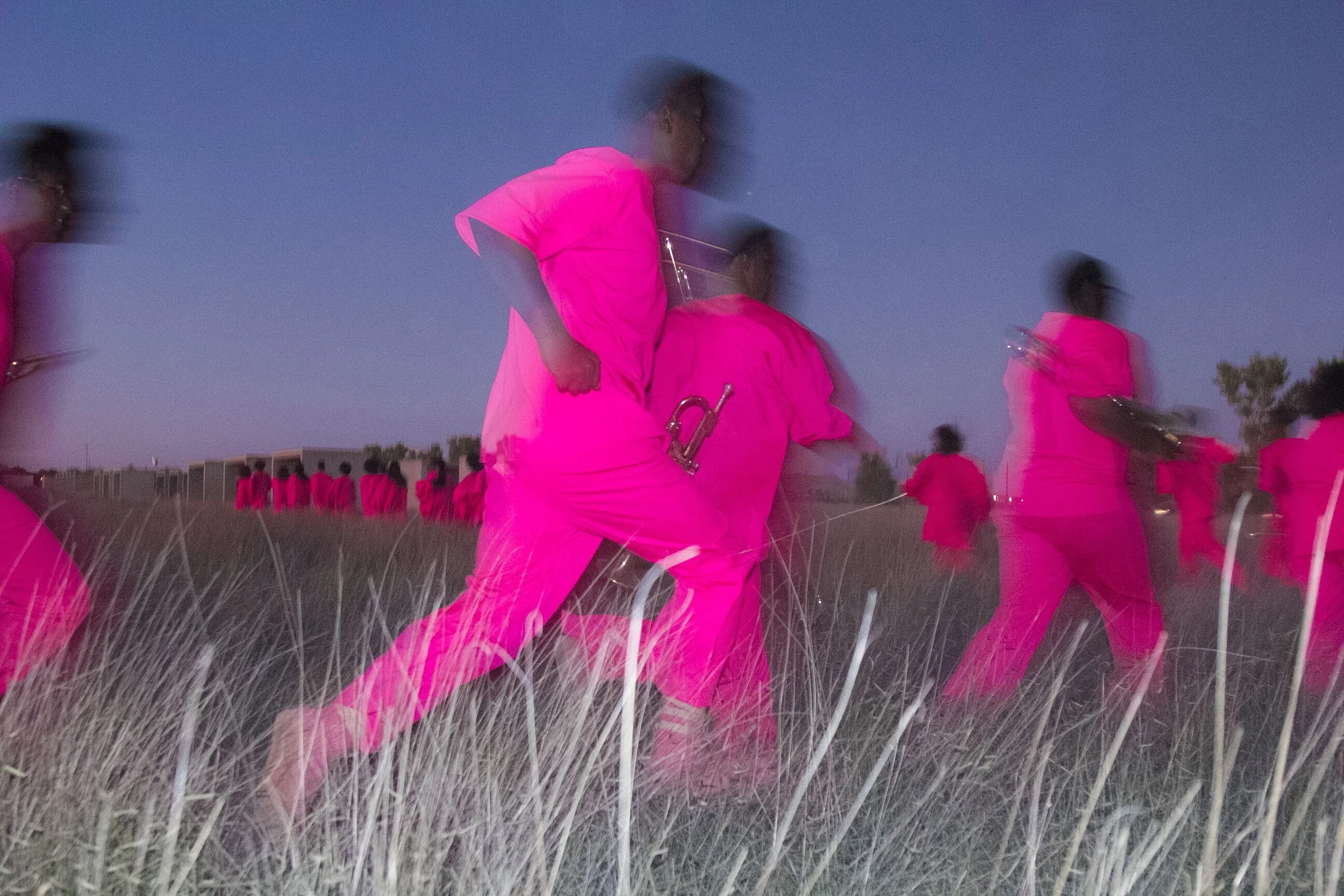Rei Kawakubo at the Met: Challenging the Dualisms Between Fashion and Art
Visitors to the exhibition space for Rei Kawakubo / Comme des Garçons: Art of the In-Between, which runs from May 4 through September 4, 2017 in New York, leave behind the warm, stately glow of the Metropolitan Museum of Art in favour of a room brightly lit with a dreamy skyscape of fluorescent tubes. The step from the familiar cultural institution into what feels like a designer spacecraft’s showroom is the first in a series of opposites that characterize the show. Designed to present the concept of "in-betweenness" in Rei Kawakubo's work, the Costume Institute at the Met celebrates the designer's role in challenging the rigid dualisms between fashion and art by presenting a series of thematic dichotomies as a conceptual lens through which to read her work.
Displaying a selection of pieces from the Comme des Garçons collections, the exhibition is mapped out in the manner of an open circle. Large, pod-like structures of varying shapes reference the architectonics of Comme des Garçons signature stores and create an all-white maze through which visitors can arrive at the works. The sparse, unlabelled walls allow for a lightbox-style installation of mannequins, detracting from any superfluous information and allowing the viewer's attentions to be focused onto the garments. Numbered sections act as guiding points for the visitor to discover the works. Nine themes and their opposites, like Absence / Presence, Self / Other and Clothes / Not Clothes, are explored in the presentation of the garments, provoking the idea that these might be questions the designer herself addresses in her practice.
According to the Costume Institute's curator Andrew Bolton, the exhibition as a whole is roughly organized into halves: the first, "public," characterized by open spaces, while the second is more closed and "private." Upon entry, open structures like overhead bridges, expositive platforms and gabled roofs allow us to observe the garments on the mannequins from a variety of angles. These vantage points produce the effect for the viewer of seeing and being seen; like in a public forum, such as a market place, we at once observe and participate, while mannequins and other visitors watch us in return. The nonhierarchical lighting installation, designed by Paris-based lighting artist Thierry Dreyfus, enhances this impression, suggesting visitors may well be part of the display as the museum objects are.
It is in this context of congregation that we encounter our first grouping of mannequins, wrought tightly within bright red, cocoon-like nylon from the Spring/Summer 1997 collection "Body Meets Dress – Dress Meets Body." Positioned just so, with a hint of contrapposto, slightly turned towards each other to show off the curvaceous, textural shapes of their garments, they look just as ready to introduce us to the exhibition as if they were interrupted from a conversation among themselves.
The second half of the exhibition is more intricately constructed, prompting a more intimate dialogue with the garments. Made up of spaces that are closed and private, like changing rooms of sorts, the space even welcomes foot traffic throughout the mannequin display. We tread through the works like equals to the mannequins, travelling through a colossal repertoire of textures, shapes, colours and fabrics to take our time with the garments.
The subsection Life / Loss moves me the most. A white cotton muslin dress from Autumn/Winter 2015-16, "Ceremony of Separation," appears almost simple in comparison to the colours and proportions explored elsewhere around us. Its gothic A-line shape seems padded like a duvet, and features almost out-of-character bows tying it together. The renowned Kawakubo detail of the frayed hem jumps out at me, simultaneously strong and vulnerable, finished and unfinished. This defining detail, which both closes the form of a garment yet opens it to the next idea of what it may become, expresses both the paradoxes attributed to the designer's work and the dichotomies that narrate the exhibition.
Where in a shop you hope to touch and feel each garment, here the clothes are presented in a different light. Instead of taking for granted that objects of design and garments can be manipulated and sampled, purchased and worn, here the nature of the exhibition forces a different kind of restraint. Instead of allowing the visitor to consume the garments through touch, the installations inspire a kind of ascetic reaction and reflection. This feeling is amplified by the massive shapes and sensual textures that make it feel like we just sped through millennia in the history of fashion: Noh theatrics and Baroque Venetian costumes could just be some of the visual references explored.
The concept of the open circle, known as Enso in Zen Buddhism, occurs variously throughout the exhibition. According to Bolton, the symbol expresses "a moment when the mind is free in order for the body to create.” When we walked out of the space and asked a professional from Dover Street Market, the retail company created by Kawakubo, his thoughts on what he'd just seen, he seemed pleased, but politely admitted he found it too short. The pithy selections of garments do not detract from the beauty and force of the works that we saw, but rather keep pulling at the tensions between fashion and art. Kawakubo and Comme des Garçons suggest that the two are fraternal twins of sorts. They come from the same place, but are never fully synthesized into one.
The exhibition was organized by the Costume Institute at the Met on occasion of the Met Gala, held on May 1, 2017.
Curation: Andrew Bolton
Lighting: Thierry Dreyfus from the Eyesight Group
Heads and wigs: Julien d'Ys
All images: The Metropolitan Museum of Art















